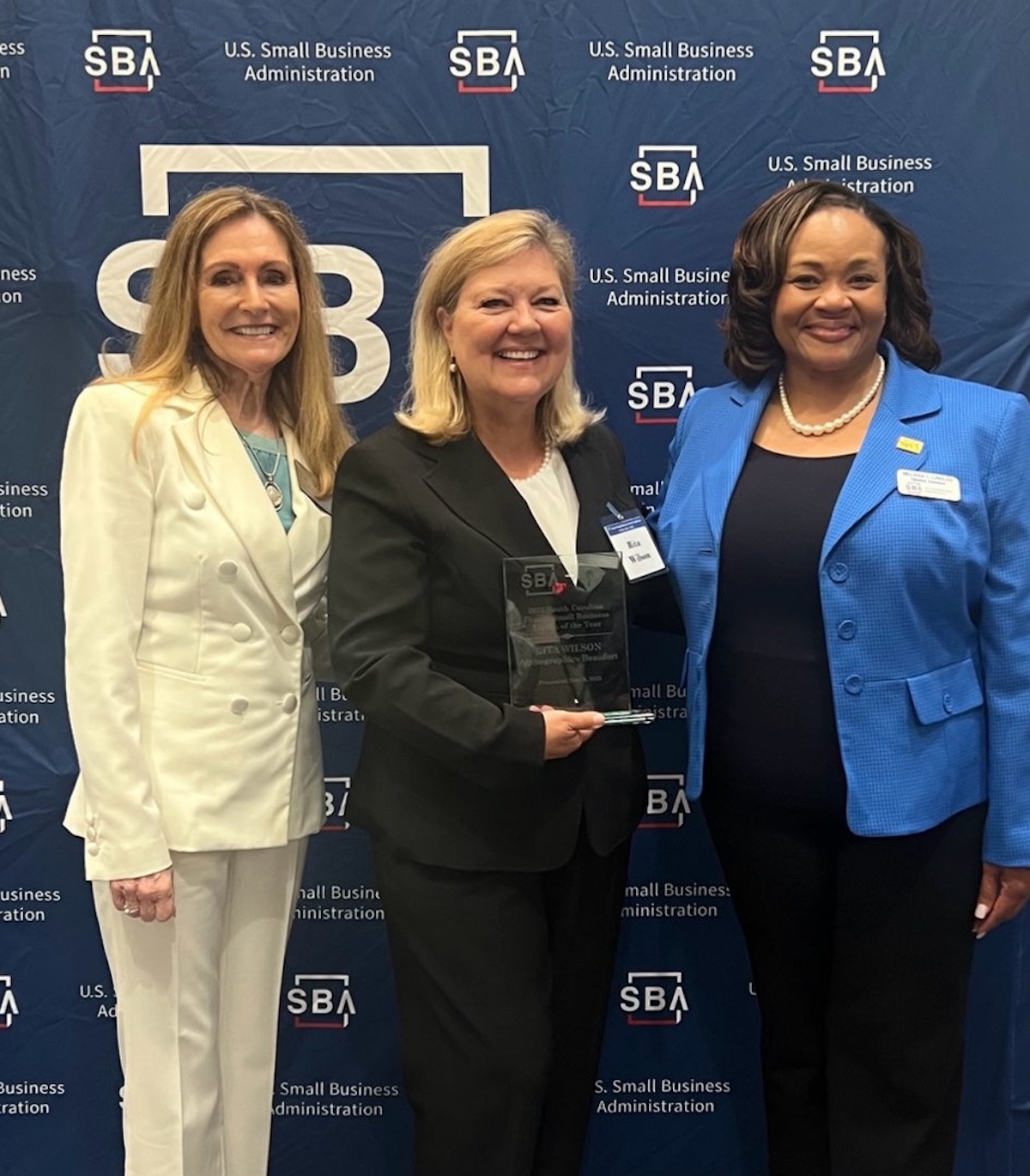By Wells Fargo Advisors
Going back to school can help you advance in your job, re-enter the workforce, or support a second act as you chart a completely new career. But what are the right strategies adults should keep in mind to help manage education expenses?
Here are some financial tips for going back to school as an adult:
See what your employer offers. Many large companies offer benefits such as tuition reimbursement through a qualified program—up to $5,250 may be excluded from income. But even if the tuition above $5,250 is taxed as income, that’s still a great strategy versus paying it yourself. Check with your employer to see if they offer any scholarships, educational discounts, or other resources that you could tap into.
Consider tax-deferred educational savings plans. If you have money in a 529 plan or Coverdell Education Savings Account (ESA), it may make sense to use those funds for you to go back to school. Did the plan begin as a way to fund a child’s education? The beneficiary can often be changed to a qualified family member. Is your planned enrollment date months or years in the future? You may be able to make contributions to a 529 plan between now and then to build up funds. In the case of ESAs, however, remember that the beneficiary has to be under age 30.
Remember tax deductions and/or tax credits. Though not a source of direct funding, some education expenses (if you are qualified) may be tax deductible. Also, education expenses may qualify for either the American Opportunity or Lifetime Learning Credit. IRS Publication 970: Tax Benefits for Education* provides a comprehensive overview of tax benefits and tax rules related to education.
Tap into retirement funds only if you understand the rules. You can use IRA savings for “qualified educational expenses” and avoid penalties for early withdrawal, though you’ll still owe taxes using a traditional IRA. With a Roth IRA, you are able to access your contributions tax and penalty free. The earnings portion may be subject to tax, and like a Traditional IRA, you may be able to avoid the early withdrawal penalty if used for qualified education expenses. Likewise, it may be possible to borrow from your 401(k) plan. You will want to check with your plan administrator. But tapping into retirement funds should be among the last options you consider because you’re spending resources you originally invested in your future. If you feel you have to do it, make sure you’re using the money for qualified expenses.
*https://www.irs.gov/pub/irs-pdf/p970.pdf
Please consider the investment objectives, risks, charges and expenses carefully before investing in a 529 savings plan. The official statement, which contains this and other information, can be obtained by calling your financial advisor. Read it carefully before you invest.
This article was written by/for Wells Fargo Advisors and provided courtesy of Whitney McDaniel, CFP®, Financial Advisor in at [Phone Number].
Investments in securities and insurance products are: NOT FDIC-INSURED/NOT BANK-GUARANTEED/MAY LOSE VALUE
Wells Fargo Advisors is a trade name used by Wells Fargo Clearing Services, LLC, Member SIPC, a registered broker-dealer and non-bank affiliate of Wells Fargo & Company.
© 2019 Wells Fargo Clearing Services, LLC. All rights reserved.
Investment products and services are offered through Wells Fargo Advisors Financial Network, LLC, Member SIPC, a registered broker-dealer and a separate non-bank affiliate of Wells Fargo & Company.







